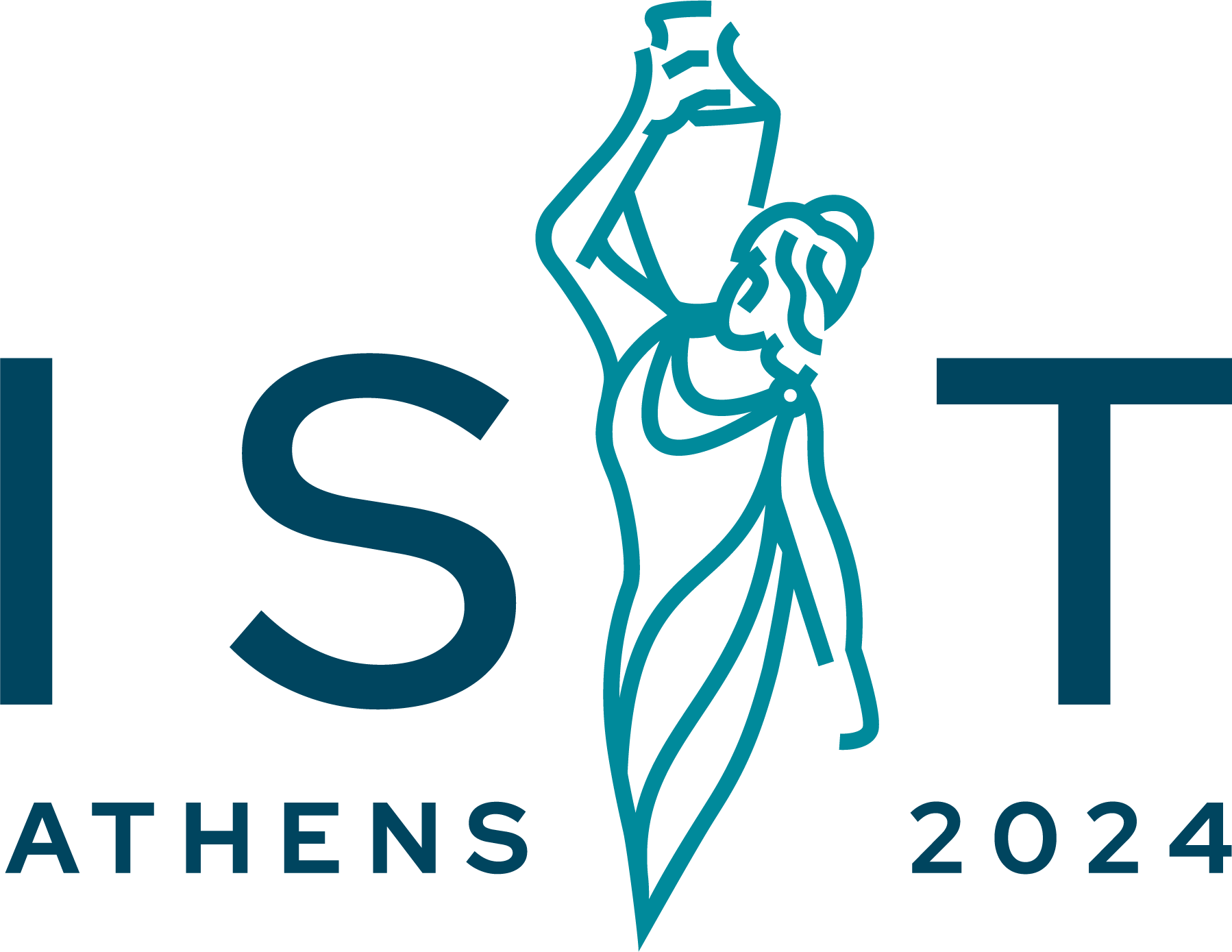
One of the most famous monuments in Athens, the Acropolis (“acro”-end of, “polis” – city), is believed to have been a site of worship since the Neolithic ages. The first temples appeared here in 650 B.C. and were built in honor of the goddess Athena, patroness of the city. In the 5th century B.C., also known as the “Golden Age” of Greece, the Athenian general, Pericles, commissioned the construction of the monuments we see today.
The entrance to the Acropolis begins at the Propylaea, a single building with two wings that was used as the official entrance to the Parthenon. The Propylaea were built between 437 B.C. and 432 B.C. and can be credited to the renderings of architect Mnesicles.
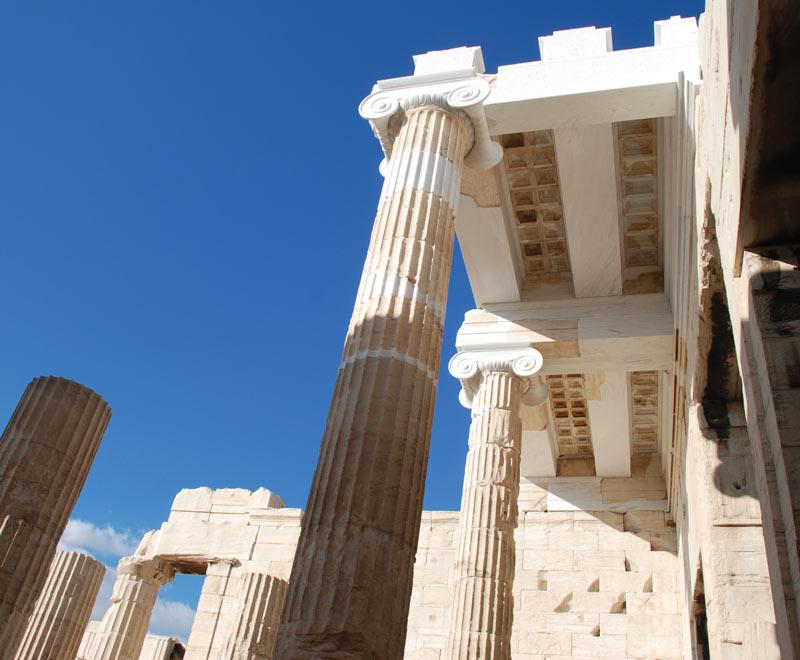
The south-wing houses the Apteros Nike or Temple of Athena Nike, a work of architect Kallikrates. It was built around 420 B.C. in celebration of the victory of the Greeks over the Persians.
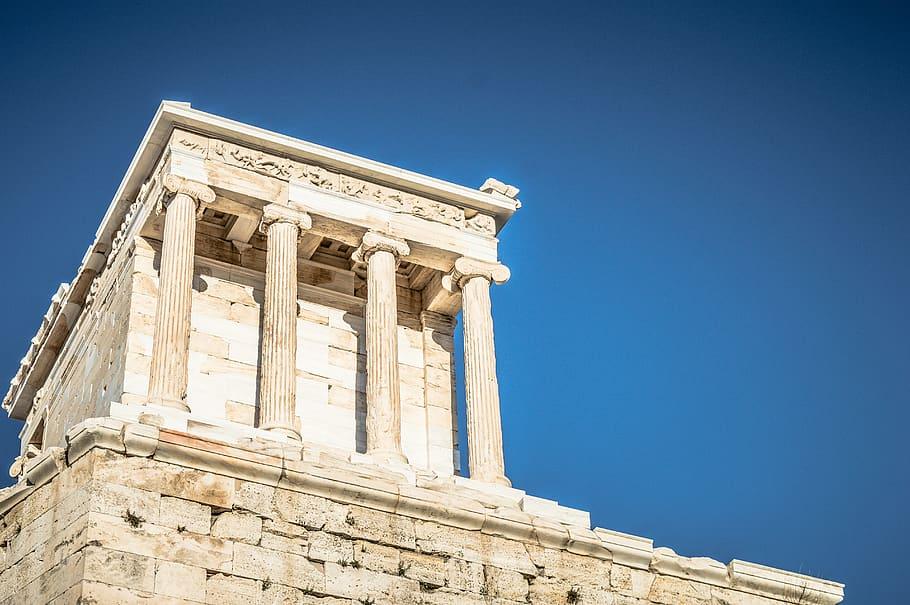
The Propylaea lead you to the Parthenon, the ruins of which still dominate the center of the Acropolis and is undoubtedly the most recognized monument and symbol of Athens past and present. Dedicated to the goddess Athena, the Parthenon, made of Pentelic marble and in the Doric architectural style, was designed during the period 447-432 B.C.
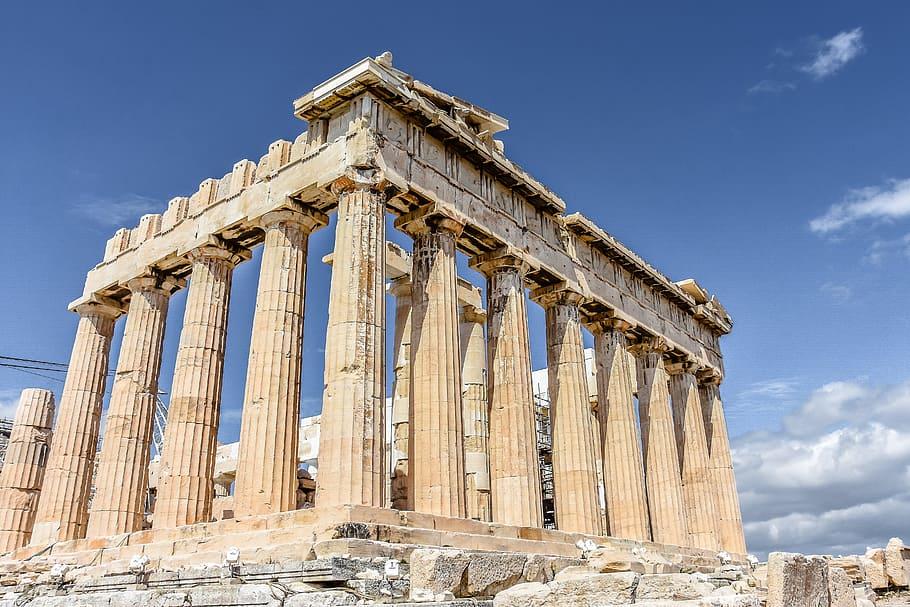
Adjacent to the Parthenon, the Erechtheion holds its own enchantment. This sacred sanctuary pays homage to both Athena and Poseidon, featuring the iconic Caryatids, graceful female figures transformed into supporting columns. Within these sacred walls, the olive tree, said to be a gift from Athena, serves as a living symbol of fertility and prosperity.

Exiting the archaeological site of the Acropolis is the Areios Pagos. A limestone hill 115m high, with steep sides and a rocky summit, it was the chosen meeting point of the aristocratic council and the courthouse of ancient Athens.
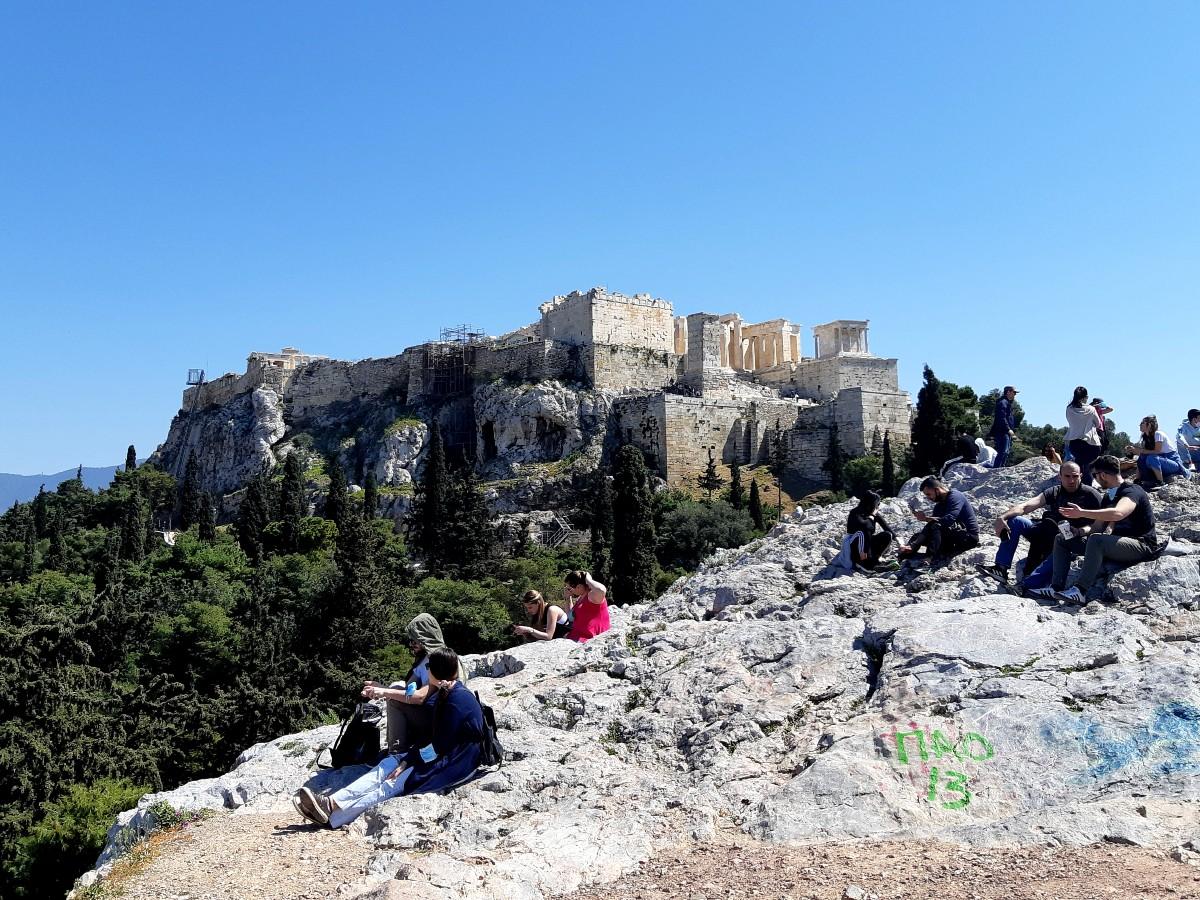
The Acropolis of Athens is open daily from 8 AM to 8 PM, with the last entry being at 7:30 PM.
The Acropolis Museum operating hours are:
Monday: 9 am - 5 pm / Last entry: 4:30 pm
Tuesday – Sunday: 9 am - 8 pm / Last entry: 7:30 pm
Friday: 9 am - 10 pm / Last entry: 9:30 pm
The archaeological excavation beneath the Museum can be visited during the following days and hours:
Monday: 9 am - 5 pm / Last entry: 4:30 pm
Tuesday – Sunday: 9 am - 8 pm / Last entry: 7:30 pm
Telephone: +30 210 900 09 00
General admission is € 15* but excellent concessions are available, as is free access to many categories of individuals (check the official website)
The Southern Slope of the Acropolis
Many monuments are built on the southern side of Acropolis Hill, which are primarily religious and cultural in character. Several of the monuments were in honor of the god Dionysus.
Monuments and sites include:
• The Theater of Dionysus: built in the 5th century BC.
• The Old Temple of Dionysus: constructed in the 6th century BC.
• The Later Temple of Dionysus: built around the mid-4th century BC.
• The Monument of Thrasyllus: erected in 320-319 BC.
• The Stoa of Eumenes: commissioned by Eumenes II, King of Pergamos in 197-159 BC.
• The Herod Atticus Odeon: built by Herod. It is still used today for summer cultural performances.
• The Asklepion: where the Asclepios temple used to stand.
Texts and images sources: https://www.wikipedia.org/, https://www.visitgreece.gr/
